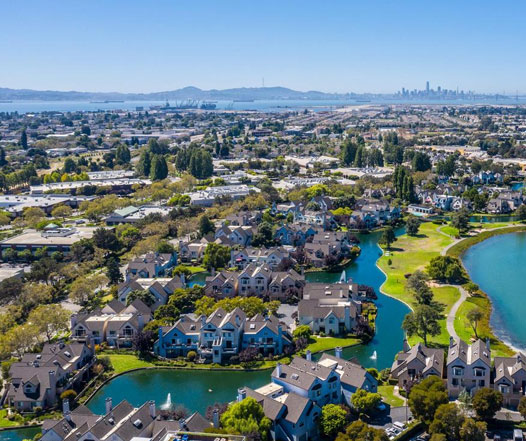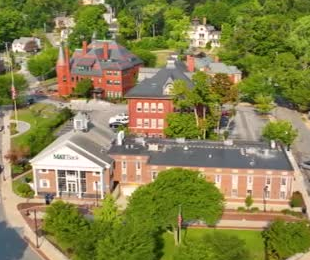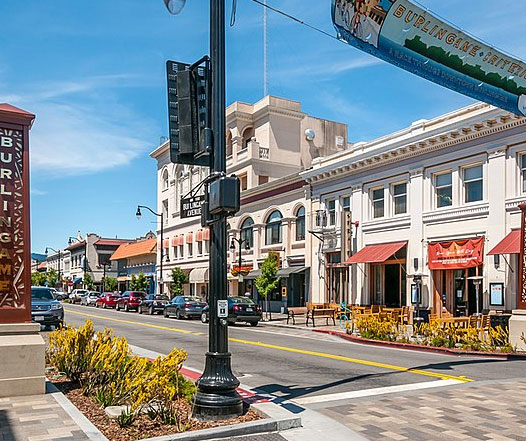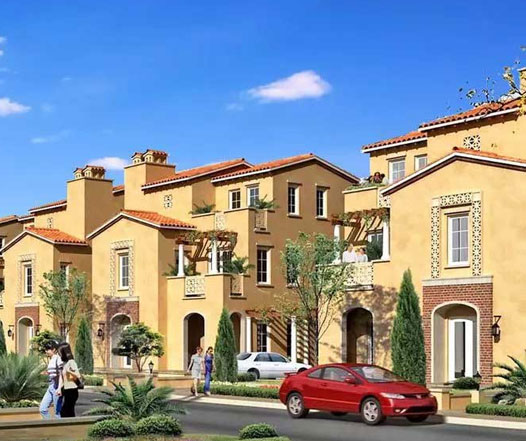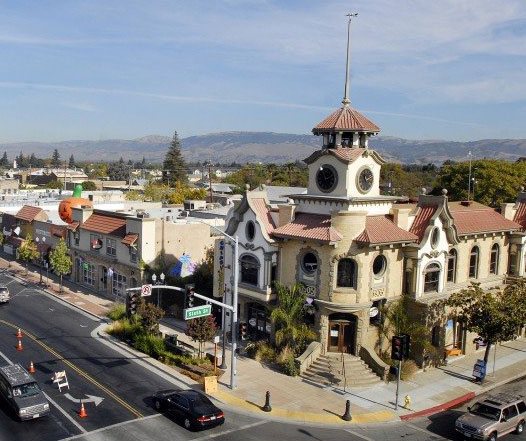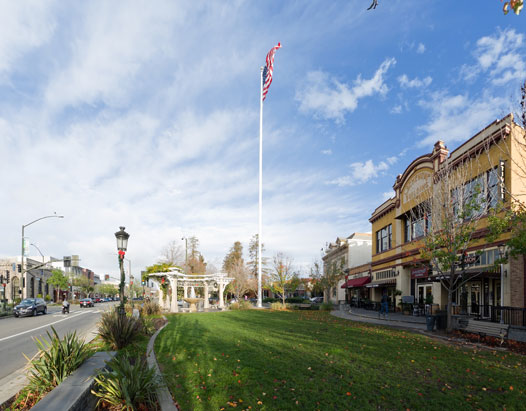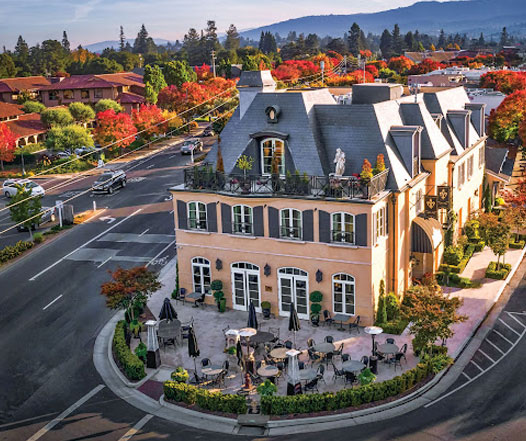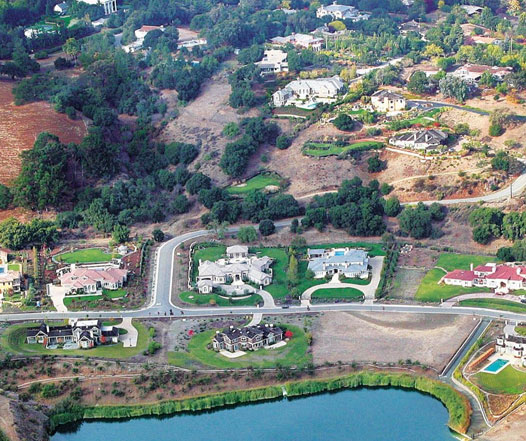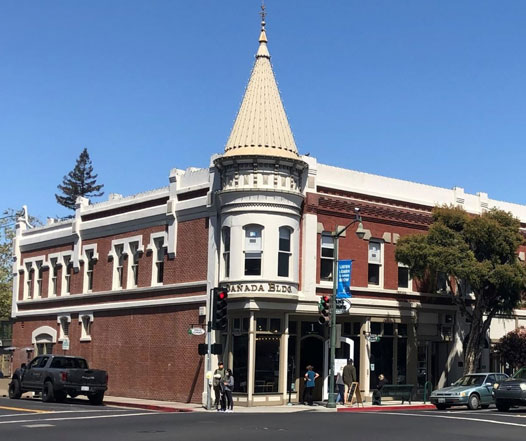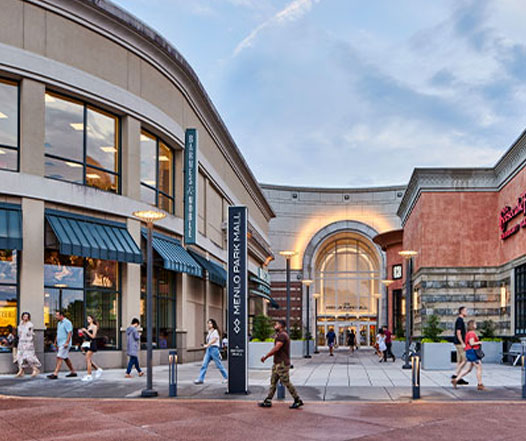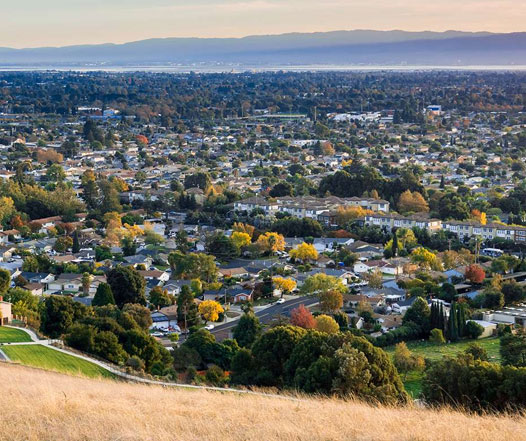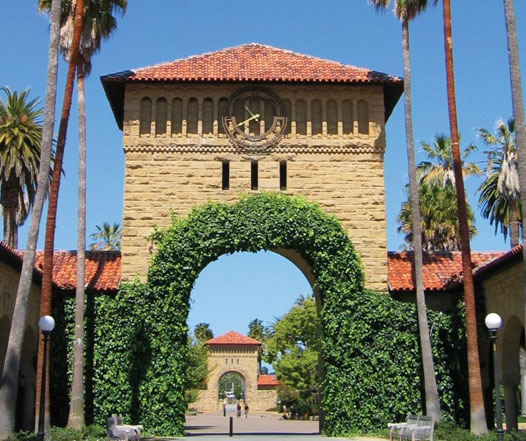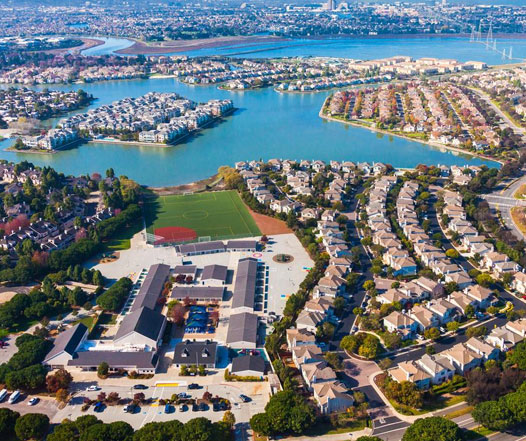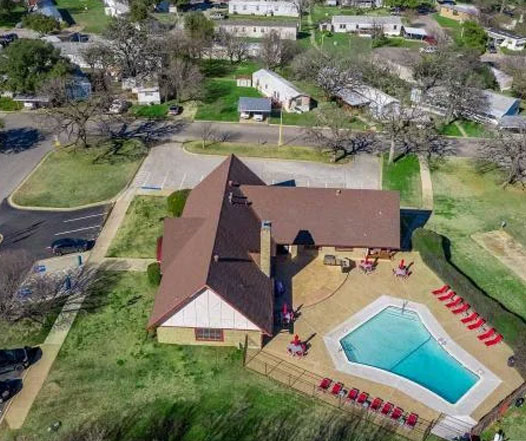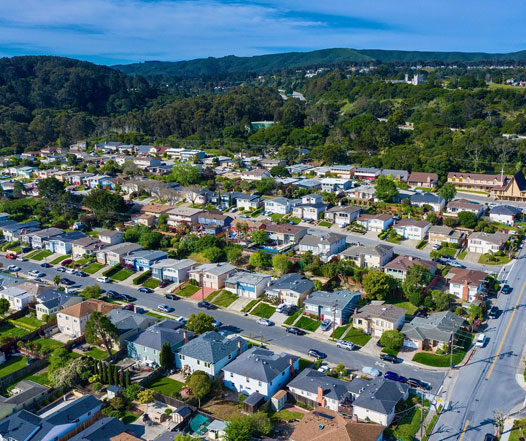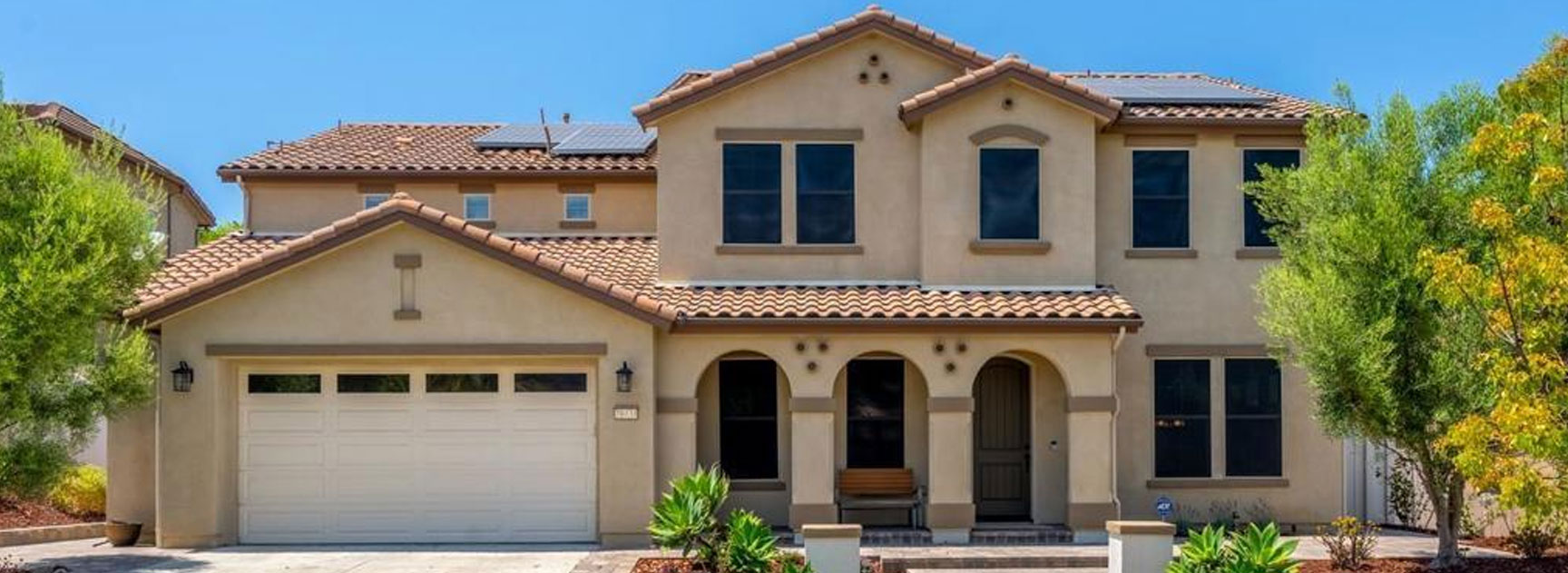
Introduction
Adding onto your home in Union City can be a wonderful way to make your house more spacious and convenient for your family. A Home Addition not only increases your living area but also can significantly improve your home’s value. This process allows you to create the perfect space that suits your needs, whether it’s an extra bedroom, a bigger kitchen, or a cozy home office. In Union City, where family and community are highly valued, enhancing your home to better serve your loved ones can make a substantial difference in your quality of life.
Vital Guidelines for Home Additions in Union City
What is Permissible
Maximum Addition Size
Home additions should not exceed 40% of the existing home’s floor area, ensuring that the new structure harmonizes with the existing one.
Height Restrictions
Additions must not be taller than 25 feet from the ground, maintaining the aesthetic and safety standards of the neighborhood.
Setback Requirements
Additions must be at least 10 feet away from property lines to provide adequate space and privacy between neighboring properties.
Floor Area Ratio (FAR):
The total building floor area must not exceed 0.5 times the lot area, balancing building size with open space.
Permitting Process Timeline
Standard
The usual permitting process takes about 60 days, including plan reviews and inspections.
Historic Property
Permitting for historic properties may take up to 90 days, due to additional reviews to preserve the property’s historic integrity.
Crucial Zoning Regulations in Union City
Zoning regulations play a key role in home additions, ensuring that new constructions are safe and in harmony with the community’s character.
Size Limitations for Home Additions
| Zoning District | Maximum Addition Size | Notes |
| Residential Low | 40% of existing area | Suitable for small families |
| Residential Medium | 50% of existing area | Great for growing families |
| Residential High | 60% of existing area | Ideal for large families |
Height Limitations
- Single-family zones: Additions must not exceed 25 feet in height, ensuring they fit the scale of the neighborhood.
- Multi-family zones: Additions can be up to 35 feet high, accommodating more residents while maintaining structural integrity.
Building Coverage Rules
The building coverage must not surpass 35% of the lot area, ensuring a balance between built and open spaces.
Location Requirements
- Front additions: Must be at least 20 feet from the street, maintaining a pleasant streetscape.
- Side additions: Must be 10 feet from the property line, providing enough space between buildings.
- Rear additions: Must be 15 feet from the property line, ensuring backyard privacy and space.
Exterior Details
The exterior of the addition must match the existing home’s style and materials to maintain visual consistency and aesthetic appeal.
Parking
Additional parking spaces may be required depending on the size of the home addition to accommodate increased occupancy.
Guidelines for Obtaining Permits for Home Additions in Union City
Obtaining permits is a necessary step in the home addition process, ensuring all work complies with local regulations.
| Permit Type | Description | Estimated Fee |
| Building Permit | Required for structural work | $500 |
| Plan Check Fee | Review of building plans | $250 |
| Electrical Permit | For new electrical installations | $150 |
| Plumbing Permit | For new plumbing installations | $150 |
| Mechanical Permit | For HVAC systems | $200 |
| Planning Review | Zoning and planning review | $100 |
| School Impact Fee | Contributions to local schools | $300 |
Property Compliance Requirements
Ensuring your property meets all requirements is crucial for a smooth addition process.
Parking
Your property must have enough parking spaces to accommodate the additional living space and its occupants.
Setbacks
Setbacks must be maintained according to local regulations to ensure proper spacing between buildings, enhancing safety and privacy.
Open Space and Yards
The property must have adequate open space and yard areas as required by local codes to maintain a balance between built and natural environments.
Eligible Properties for Home Additions
Determining if your property is eligible for a home addition is essential to move forward with your plans.

Other General Plan Designations That May Allow Home Additions
- Low-Density Residential: Suitable for small-scale home additions, maintaining the character of the neighborhood.
- Medium-Density Residential: Allows for moderate-sized additions, catering to growing families.
- Mixed-Use: Home additions can be part of a mixed residential and commercial area, providing flexibility in property use.
Development standards
Single-family Homes
Additions must comply with height and setback regulations and not exceed 40% of the current floor area, preserving neighborhood scale.
Multi-family Properties
Additions should adhere to specific zoning rules and must not surpass 50% of the existing building size, ensuring safety and aesthetic coherence.
Historic Properties
Additions must preserve the historic character and meet specific guidelines, ensuring that the historical integrity of the property is maintained.
Property Designations
Flood Zones
Additions in flood zones require special permits and compliance with flood safety regulations to protect the property and its occupants.
Liquefaction Zones
Special engineering studies are needed for additions in liquefaction zones to ensure structural safety in case of seismic activity.
Historic Districts
Additions in historic districts must match the historic character and comply with additional regulations to preserve the area’s heritage.
Coastal Zone
Special coastal development permits are required for home additions in coastal zones, ensuring environmental protection and adherence to coastal management laws.
Summary
Home additions in Union City can greatly enhance your living space, providing more room and functionality. It is essential to follow local guidelines and obtain the necessary permits to ensure a smooth and compliant building process. With proper planning and adherence to regulations, your home addition can be a valuable and satisfying project that meets your family’s needs and enhances your property’s value.
FAQs
Yes, you can build a second story, provided it meets height restrictions and other zoning regulations. It’s important to ensure the addition does not exceed 25 feet in height and complies with all local building codes.
Yes, regardless of the size, all home additions require a permit. This ensures that the construction meets safety standards and zoning regulations, protecting both the homeowner and the community.
The standard process for obtaining a building permit in Union City typically takes about 60 days. This includes the time for plan reviews, necessary corrections, and final approval.
The materials for your home addition should match the existing home’s exterior to maintain visual consistency. This helps in preserving the aesthetic appeal of the neighborhood and adhering to local guidelines.
Depending on the size of the home addition, you may need to provide additional parking spaces. This requirement helps accommodate the increased number of residents or visitors resulting from the addition.
Yes, historic properties must maintain their historic character and meet specific guidelines. This often involves additional reviews and permits to ensure the addition does not compromise the property’s historical significance.
Yes, you can build an addition in a flood zone, but it requires special permits and must follow flood safety regulations. This includes ensuring the addition is properly elevated and protected against potential flood damage.
The addition must not exceed 40% of the existing home’s floor area. This regulation helps maintain the neighborhood’s character and prevents overly large additions.
Yes, in multi-family zones, home additions can be up to 35 feet high. This allows for additional living space while ensuring the structure fits within the community’s scale.
Yes, home additions are allowed in mixed-use areas with the appropriate permits. This flexibility allows for residential expansions in areas that also include commercial spaces.
Yes, you need to obtain a special permit that ensures the addition preserves the historic character of the property. This involves additional reviews to maintain the historical integrity of the district.
Yes, you can add a new room at the rear of your property as long as it meets setback requirements and other zoning regulations. This includes ensuring the addition is at least 15 feet from the property line.
